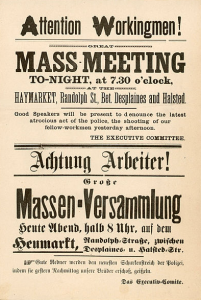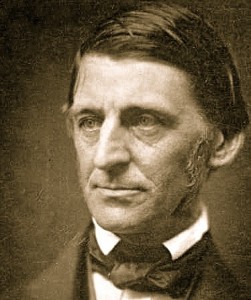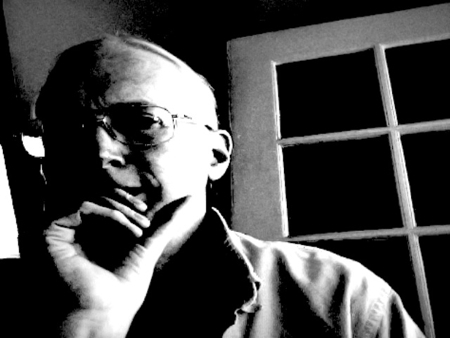Anonymous 4 has announced that the 2015-2016 season will be their last. This may not mean anything to you, so I had better explain who the Anonymous 4 are.
Back in the late 1980s, I was living near Boston and listening to a lot of early music. The Boston area at that time was one of the centers of the early music revival in the United States. There was lots of live music, including a renowned early music festival, record stores with entire sections for early music, and a dedicated fan base.
I shared this passion for early music with Joel, one of my housemates at that time. Joel was an amateur musician, a member of the American Recorder Society who got into a master class with internationally-famous recorder virtuoso Marian Verbruggen, and a singer who eventually wound up in a choir that specialized in 13th century Flemish choral music. I was merely a fan, and Carol and I became groupies of that 13th century Flemish music choir (not as risque as it might sound; we just sold tickets at their performances). I tell you this to give you an idea of the early music scene at that time: Marion Verbruggen gave master classes! There was an entire choir devoted to 13th century Flemish music! Early music choirs had groupies!
During the late 1980s, I began to hear about this innovative quartet of women singers called Anonymous 4, who were making recordings of medieval music. Everyone I knew talked about it as kind of feminist endeavor. They explored feminine aspects of medieval sacred music: music by women composers, positive images of women in medieval music. And as progressive as the early music scene tended to be, it was considered mildly radical for women to sing medieval sacred music; there was a common misconception that only medieval men really sang sacred music, but Anonymous 4 helped make it widely known that medieval women also sang sophisticated and beautiful sacred music.
I have to admit I never went to an Anonymous 4 concert until a few years ago. In the late 1980s, when they were singing medieval music, I was more interested in 16th century polyphony and Baroque music. In the 1990s, I drifted away from early music and began listening to new music, and folk and trad music. Yet had I been paying attention, I would have found that Anonymous 4 had already explored these musics: among other projects, they premiered new work by composer Richard Einhorn, and performed with bluegrass fiddler Daryl Anger.
But though I missed their live music, I kept listening to their recordings, as did so many other music aficionados. Their sound is immediately recognizable: the lack of vibrato, the precise intonation, the fluid but disciplined sense of rhythm, the unity of musical purpose; and above all the transcendent beauty of their interpretations of sacred music. In our deeply secular age, not many musicians, not even many church choirs, make you feel that sacred music can be transcendent and holy. For me, Anonymous 4 represent the very best of the revolution in feminist spirituality: they may be a secular ensemble, but they sing sacred music as if it’s sacred; and that is a rare and wonderful thing.
They’re not done yet; they’re working on one more recording, and they’ll be performing for two more seasons. Nevertheless, it feels like the end of an era in feminist spirituality.


 This is human nature: the ones who are causing the problem are least likely to be affected by the problem, so they believe they are not causing the problem. The minority of U.S. citizens who are aware of the magnitude of the problem attempt to convince other U.S. citizens of the truth with rational arguments, but since when did humans change their behavior as a result of rational argument?
This is human nature: the ones who are causing the problem are least likely to be affected by the problem, so they believe they are not causing the problem. The minority of U.S. citizens who are aware of the magnitude of the problem attempt to convince other U.S. citizens of the truth with rational arguments, but since when did humans change their behavior as a result of rational argument?
 “Whenever the pulpit is usurped by a formalist, then is the worshipper defrauded and disconsolate. We shrink as soon as the prayers begin, which do not uplift, but smite and offend us. We are fain to wrap our cloaks about us, and secure, as best we can, a solitude that hears not. I once heard a preacher who sorely tempted me to say, I would go to church no more. Men go, thought I, where they are wont to go, else had no soul entered the temple in the afternoon. A snow storm was falling around us. The snow storm was real; the preacher merely spectral; and the eye felt the sad contrast in looking at him, and then out of the window behind him, into the beautiful meteor of the snow. He had lived in vain. He had no one word intimating that he had laughed or wept, was married or in love, had been commended, or cheated, or chagrined.”
“Whenever the pulpit is usurped by a formalist, then is the worshipper defrauded and disconsolate. We shrink as soon as the prayers begin, which do not uplift, but smite and offend us. We are fain to wrap our cloaks about us, and secure, as best we can, a solitude that hears not. I once heard a preacher who sorely tempted me to say, I would go to church no more. Men go, thought I, where they are wont to go, else had no soul entered the temple in the afternoon. A snow storm was falling around us. The snow storm was real; the preacher merely spectral; and the eye felt the sad contrast in looking at him, and then out of the window behind him, into the beautiful meteor of the snow. He had lived in vain. He had no one word intimating that he had laughed or wept, was married or in love, had been commended, or cheated, or chagrined.”